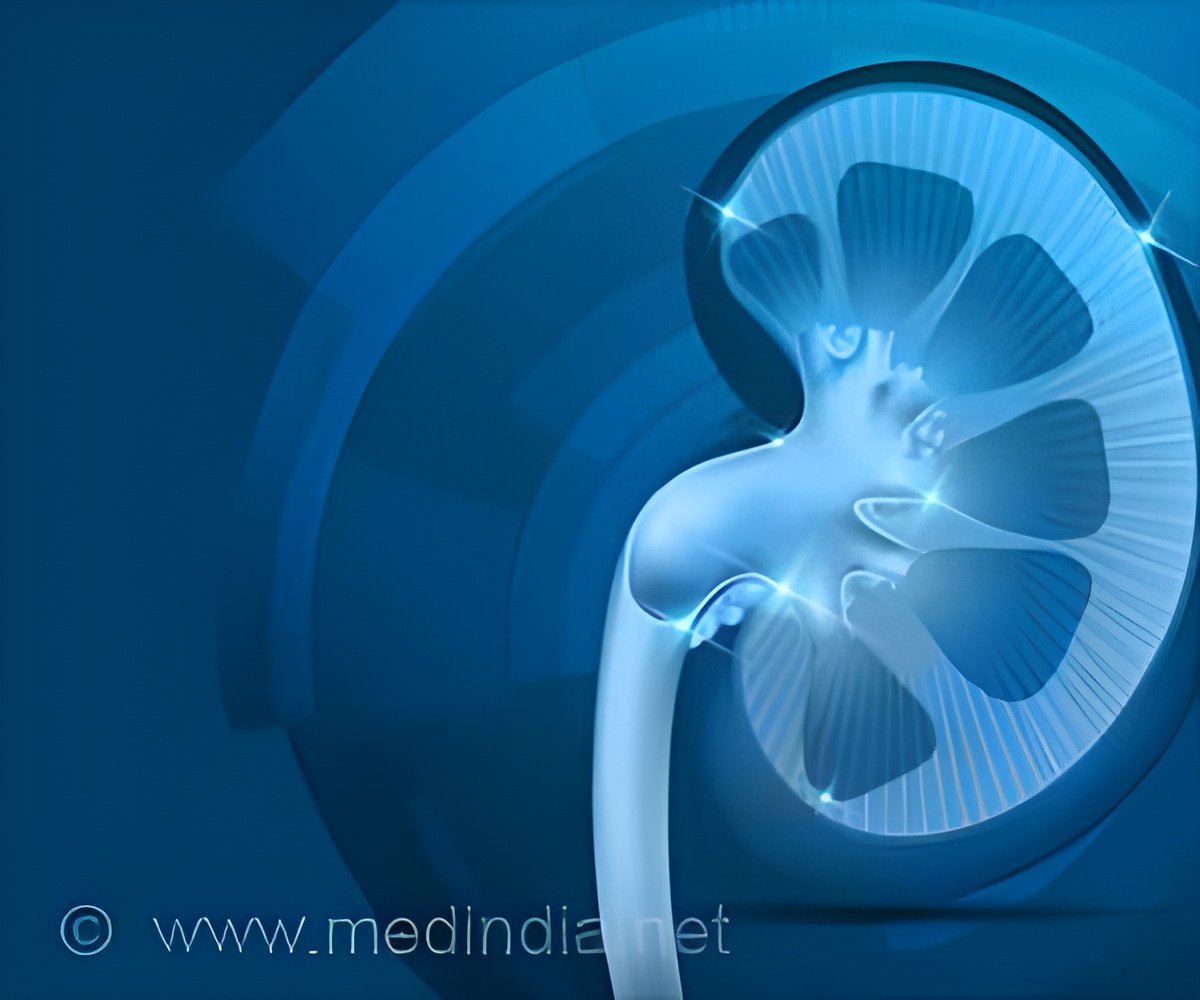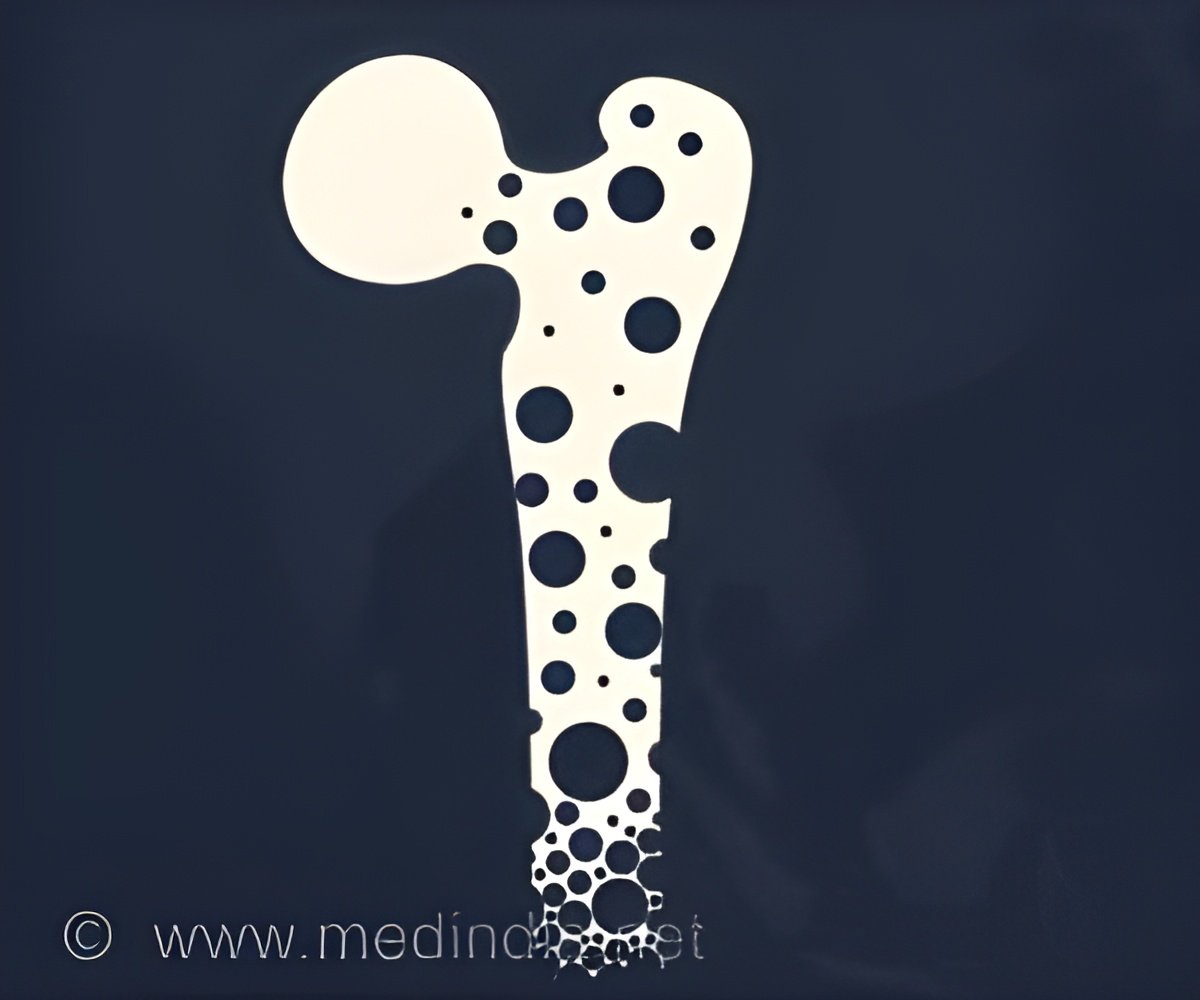
Using gold nanoparticles in kidney X-rays may enhance disease detection accuracy, while caution is advised for renal-clearable nanomedicines in patients with compromised kidneys as per findings from the University of Texas at Dallas, published in Advanced Materials. (1✔ ✔Trusted Source
Renoprotective Effects of Metabolic Surgery Versus GLP1 Receptor Agonists on
Progression of Kidney Impairment in Patients with Established Kidney Disease
). Before administering renal-clearable drugs, doctors routinely check a patient’s kidney function by testing their blood urea nitrogen (BUN) and creatinine (Cr) levels. With the increasing use of engineered nanoparticles to deliver payloads of drugs or imaging agents to the body, an important question is how the nanoparticles’ movement and elimination through the kidney is affected by kidney damage.
Can traditional biomarkers like BUN and Cr accurately predict how well — or how poorly — such nanoparticles will move through the kidneys?
Revolutionizing Kidney Diagnostics
The UT Dallas researchers found that in mice with severely injured kidneys caused by the drug cisplatin, in which BUN and Cr levels were 10 times normal, nanoparticle transport through the kidneys was slowed down significantly, a situation that caused the nanoparticles to stay in the kidneys longer.In mildly injured kidneys, however, in which BUN and Cr levels were only four to five times higher than normal, the transport and retention of gold nanoparticles couldn’t be predicted by those tests.
On the other hand, the amount of gold nanoparticle accumulation seen on X-rays did correlate strongly with the degree of kidney damage.
Advertisement
Reference:
- Gold Nanoparticle Transport in the Injured Kidneys with Elevated Renal Function Biomarkers
– (https://onlinelibrary.wiley.com/doi/10.1002/adma.202402479)
Advertisement
Source-Eurekalert



